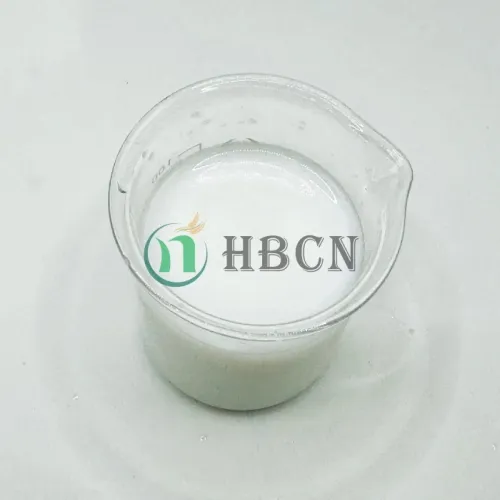
اگست . 21, 2024 16:32 Back to list
Exploring the Efficacy of Imidacloprid and Beta Cyfluthrin in Insecticides
Exploring Imidacloprid and Beta-Cyfluthrin Insecticide Products
In the realm of agricultural pest management, the use of chemical insecticides has become a crucial strategy to protect crops from detrimental insects. Among the plethora of insecticides available, Imidacloprid and Beta-Cyfluthrin stand out as two widely utilized active ingredients. Each of these compounds has unique properties and modes of action, making them effective in controlling a variety of pests.
Understanding Imidacloprid
Imidacloprid is a neonicotinoid insecticide that became commercially available in the mid-1990s. It acts on the central nervous system of insects by binding to nicotinic acetylcholine receptors, leading to paralysis and eventual death. Its systemic nature allows it to be absorbed by plants and translocate within them, making it effective not just as a foliar spray but also as a soil treatment. This characteristic provides a long-lasting effect, offering protection from pests that might target the plant at different growth stages.
In agricultural applications, Imidacloprid is effective against a variety of pests including aphids, whiteflies, termites, and some beetles. However, its widespread use has raised concerns about potential risks to non-target organisms, particularly pollinators such as bees. The controversy surrounding neonicotinoids has led to regulatory scrutiny and calls for more sustainable pest management practices.
The Role of Beta-Cyfluthrin
On the other hand, Beta-Cyfluthrin is a type of pyrethroid insecticide, a class known for its neurotoxic effects on insects. Its mode of action involves interference with sodium channels in the nerve cells, which disrupts normal nerve function and results in rapid paralysis. Beta-Cyfluthrin offers a quick knockdown effect on target pests, making it particularly useful for immediate control.
imidacloprid beta cyfluthrin insecticide products

This insecticide is commonly employed in various settings, including agriculture, horticulture, and even residential pest control. It is effective against a wide range of insects including caterpillars, aphids, and beetles. Unlike Imidacloprid, Beta-Cyfluthrin is not systemic and generally does not persist as long in the environment, which can be a benefit when considering the potential impact on beneficial insect populations.
Combined Formulations and Synergistic Effects
One of the notable trends in insecticide products is the combination of Imidacloprid and Beta-Cyfluthrin. Such formulations capitalize on the strengths of both active ingredients — the systemic and long-lasting effects of Imidacloprid combined with the fast-acting nature of Beta-Cyfluthrin. This synergy can enhance overall pest control efficacy, providing farmers and gardeners with a more robust tool for managing pest populations.
However, it is essential to use these products judiciously, as over-reliance can lead to resistance development among pest populations, reducing the effectiveness of these insecticides. Integrated pest management (IPM) strategies that combine chemical control with cultural, mechanical, and biological approaches are recommended to sustain both pest suppression and environmental health.
Conclusion
Imidacloprid and Beta-Cyfluthrin are significant players in the insecticide market, each contributing uniquely to pest management. As the agricultural and horticultural landscapes evolve, understanding the properties, applications, and implications of these compounds becomes vital for ensuring effective pest control while minimizing risks to non-target species and the environment. Responsible use, along with continued research into sustainable alternatives, is essential for the future of agricultural pest management.
-
Kasugamycin Fungicide: Efficient Bacterial & Fungal Control
NewsAug.02,2025
-
Emamectin Benzoate: AI-Optimized Pest Control Solution
NewsAug.01,2025
-
Best Abamectin 95% | Top Pesticide for Crop Protection
NewsJul.31,2025
-
Insecticide Spirotetramat 11% + Thiacloprid 11% SC at Good Price
NewsJul.30,2025
-
Best Abamectin SDS - Premium Quality & Reliable Safety Data
NewsJul.29,2025
-
Agrochemicals Pesticides Solutions for Sustainable Farming
NewsJul.29,2025
